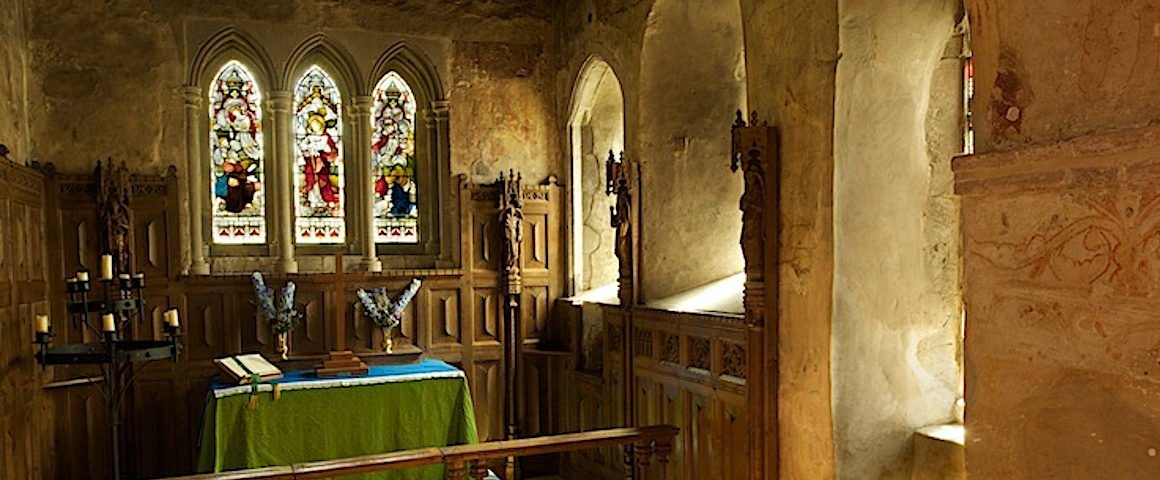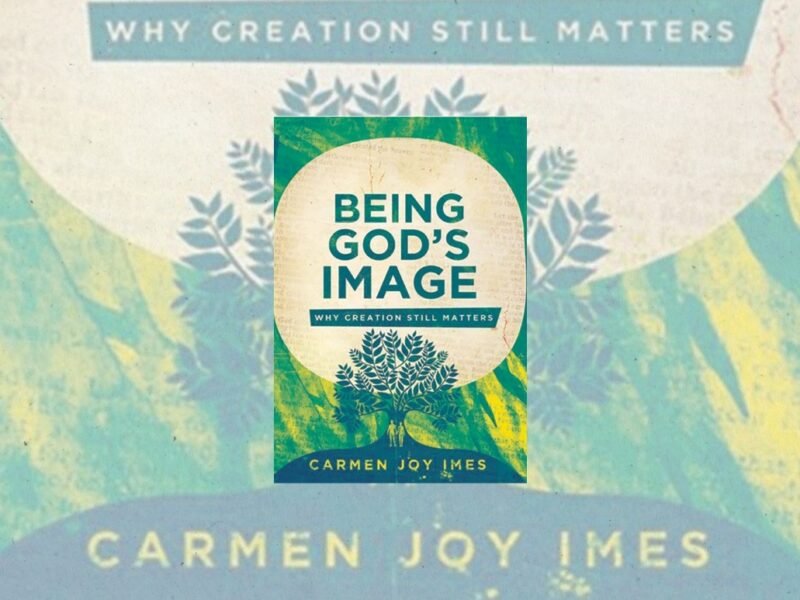“He stopped and looked up, recognising the place as a church. The thought quickly came to him that since he was tired he might rest there; so that after a moment he had in turn pushed up the leathern curtain and gone in. It was a temple of the old persuasion, and there had evidently been a function—perhaps a service for the dead; the high altar was still a blaze of candles. This was an exhibition he always liked, and he dropped into a seat with relief. More than it had ever yet come home to him it struck him as good there should be churches.” — Henry James, The Altar of the Dead (1895), Chapter 3.
I have this in common with James’ protagonist George Stransom ( = St. Ransom!): that I love churches, and have always been glad that they exist. Here I am speaking mostly about the buildings, the sacred spaces themselves, and the material existence of the buildings. Perhaps I will address my love of the church in that other sense (i.e., the church as “that holy fellowship” of all believers in Jesus Christ) at a later time.
Poet John Betjeman, in the opening lines of his 1974 BBC television documentary, “A Passion for Churches”, says this:
“I was eight or nine years old when I used to come here to the Norfolk Broads on the River Bure, sailing and rowing with my father. And I think it was the outline of that church tower of Belaugh against the sky that gave me a passion for churches so that every church I’ve passed since I’ve wanted to stop and look in.”
In “Summoned by Bells”, Betjeman wrote:
DEAR lanes of Cornwall! With a one-inch map,
A bicycle and well-worn “Little Guide,”
Those were the years I used to ride for miles
To far-off churches. One of them that year
So worked on me that, if my life was changed,
I owe it to St. Ervan and his priest
In their small hollow deep in sycamores.
The time was tea-time, calm free-wheeling time,
When from slashed tree-tops in the combe below
I heard a bell-note floating to the sun;
It gave significance to lichened stone
And large red admirals with outspread wings
Basking on buddleia. So, casting down
In the cool shade of interlacing boughs,
I found St. Ervan’s partly ruined church.
Its bearded Rector, holding in one hand
A gong-stick, in the other hand a book,
Struck, while he read, a heavy-sounding bell,
Hung from an elm bough by the churchyard gate.
“Better come in. It’s time for Evensong.”
From a very early age, I have loved churches. One of my earliest memories is of being with my parents in some Baptist church, where there was a mural painted on the wall behind the baptismal. It was of Christ praying in the Garden of Gethsemane. I remember looking at the sky, the grass, the olive trees, and the figure of Christ. It is partially responsible for the love of painting I developed later in life.
Then, in the basement of a later building, Miss Searle (who seemed about 95 years old to me at the time, but was probably under 70) taught us the beginning of Psalm 122: “I was glad when they said unto me, Let us go into the house of the Lord.” And, by some power from outside myself, I actually was glad.
I have a friend who is a lapsed Roman Catholic. He talks about the ruination of his parish church during his teenage years. Although not a believer, he told me a very interesting thing. He said, “A church should look scary!” He went on to lament the the addition of soft pastel carpeting throughout the nave. His firm opinion was that churches (both inside and out) should be spiky, with hard edges. They should feel dangerous. While I am sure that my friend did not depart from the faith solely because of the renovations to the church building of his youth, it is fruitful to reflect on the fact that even unbelievers have definite ideas of what a church should look like.
In several cities across the country, my wife and I have favorite Anglican parishes to visit. One of these is Grace Church, Mt. Washington, located in Pittsburgh, Pennsylvania. From the first thirty seconds of our first visit, I was in love with the place. We later came to be in love with several of the parishioners, but we loved the building first. Because I am an “olfactory learner”, the smell appealed to me even before any of the remarkable visual cues. It smelled of decades of the faithful offering together of prayers and incense. Somehow, the incense had got into the gorgeous wood of the church’s furnishings. Literally, in that first thirty seconds, I knew that I was in love with the place.
To this day, I am nostalgic about almost every church I have been in. It seems as if nearly 50% of my dreams take place in a church setting. What puzzles me most is how (for the first 3 years of college) I was mostly able to avoid churches. But even then, there were blessed exceptions, such as an impromptu visit to Trinity, Wall Street, while tripping on LSD.
Someone might be tempted to shrug off my love of churches as a mere fetish for gothic architecture or Victorian furnishings. I have sometimes accused myself of this. However, I think that this is to reverse cause and effect. Much of my love of antique furnishings (of dark-stained wood and Victorian ornamentation) comes from the home of my maternal grandparents, along with its furniture. They had an antique sideboard that preached power and majesty to me before I had even heard those words. The post at the bottom of their main staircase had an exquisitely ornamented capital. But it was not the beauty of my grandparents’ house that made me love the place. It was their example of devout Christian faith and their constant presence in the house that caused me to love the house, and to love its furniture.
In like manner, it has not been a certain type of architecture or furnishing that has made me fall in love with churches. It is the constant presence of God in his house that has caused me to fall in love with the peculiar physical attributes of these houses of worship.
“Lord, I have loved the habitation of thy house, and the place where thine honour dwelleth.”







'The Love of Churches' has 1 comment
July 10, 2019 @ 10:04 am Sudduth Cummings
Ah, you have perfectly expressed my life experience and passion for church buildings! God has blessed me to serve in some beautiful and holy place, such as St. John’s, Durant, OK; Church of the Incarnation, Dallas, TX; St. Mark’s, San Antonio, TX; St. Timothy’s, Catonsville, MD, St. John’s, New Haven, CT, etc. And I’ve been blessed by worshipping in other holy and beautiful places, such as Christ Church, New Haven, CT; All Saints Convent, Catonsville, MD; Good Shepherd, Jacksonville, FL and my where I am currently worshipping and serving, St. Peter’s Anglican Cathedral, Tallahassee, FL. And this without mentioning all the churches I’ve visited in Great Britain! My small library of church architecture and photos extends my hobby of “Church Watching” rather than birds. God has blessed us with so many places full of the beauty of holiness. (I won’t mention the regrettable ugly churches, many from the 1950’s to the 1070’s.) Victorian neo-Gothic does inspire me to pray.